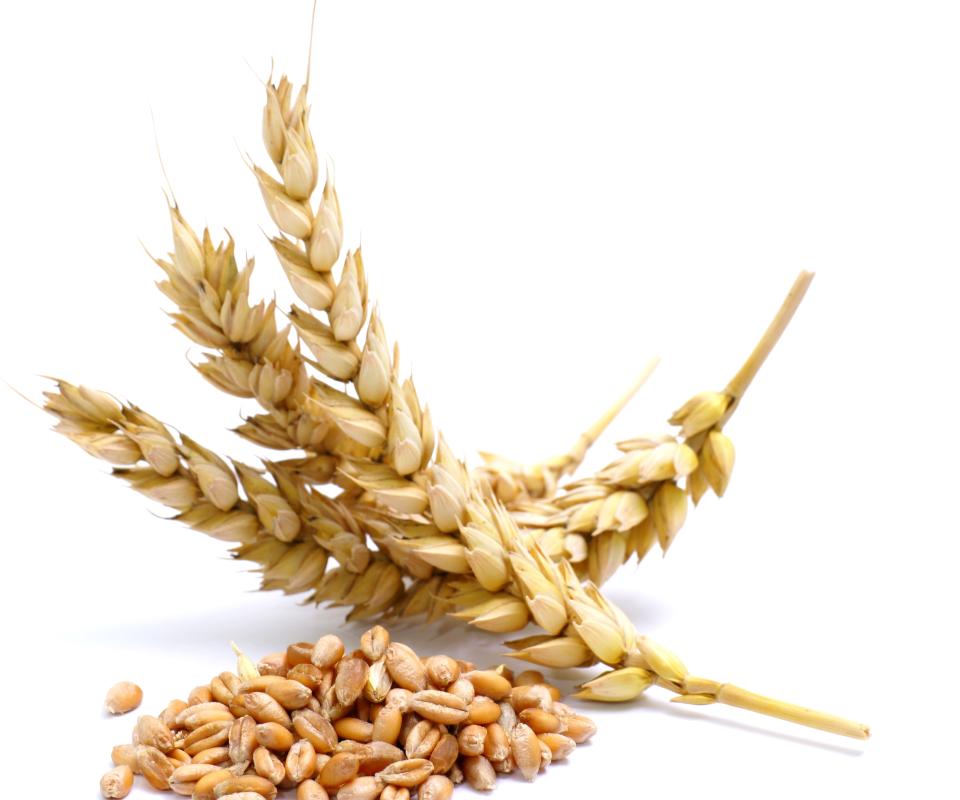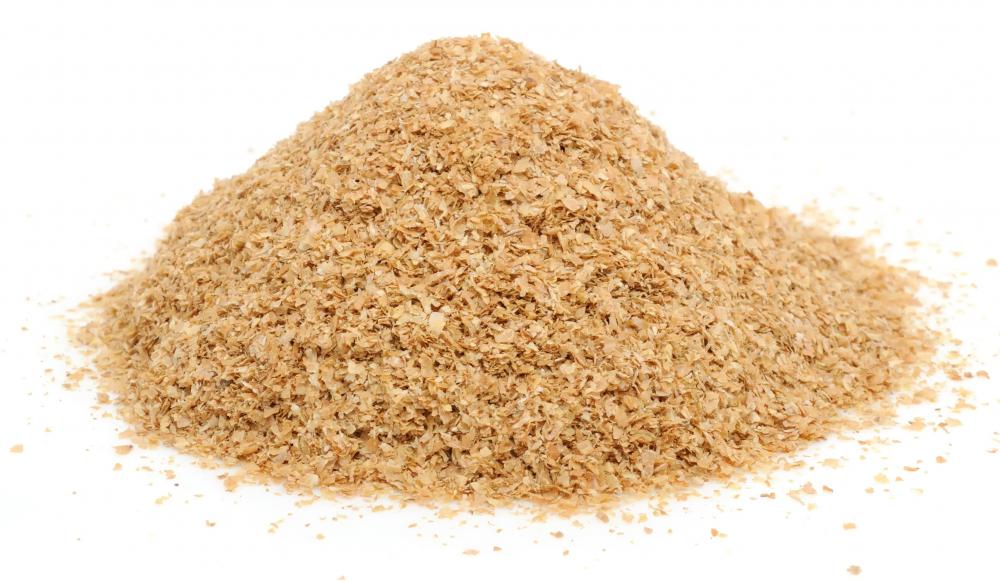At WiseGEEK, we're committed to delivering accurate, trustworthy information. Our expert-authored content is rigorously fact-checked and sourced from credible authorities. Discover how we uphold the highest standards in providing you with reliable knowledge.
What Is Involved in Milling Wheat?
The process of milling wheat is what transforms this important grain into flour so that it can be used to make a variety of foods. Once the wheat has been harvested, the milling process begins with inspection and cleaning. Then the wheat is conditioned so that the parts of each kernel separate more easily, and the grinding process begins. Grinding occurs in stages until the resulting flour reaches the desired consistency, and while the miller keeps a watchful eye on the process to ensure a high quality result.
Milling wheat changes wheat kernels into a usable product, i.e., flour. The flour can be used to for making baked goods such as bread and cakes as well as for a range of other purposes including coating fried foods and in thickening sauces. People have been grinding wheat into flour since the time of the Ancient Romans, and the process and the tools used have evolved through the years.

Contemporary wheat milling usually takes place in an industrial setting, and the process begins with an inspection of the harvested wheat. This step in the process is to ensure that there is no mildew, insect infestation, or other problem that would prevent the use of the wheat. After the inspection is complete, the next stage is cleaning, which removes any impurities along with the unusable parts of the wheat. Cleaning involves the use of separators to remove unwanted material including other grains, straw, dust, seeds, sticks, stones, or metal. The wheat kernels are then scoured which removes the outer husks as well as any dirt or impurities trapped in creases.

Once the kernels are thoroughly cleaned, the next step in milling wheat is conditioning. The purpose of conditioning is to bring the kernels of wheat to an optimal state for grinding. Moisture is added in a process called tempering to make the parts of the kernel separate easily and to toughen the outer part while "mellowing" the inner portion. Once the wheat is in prime condition, it is stored for 24 hours or less until it is ready to be ground into flour.

While milling wheat, the grinding process takes place using a series of corrugated rollers. The sets of rollers have a variety of corrugated surfaces that are meant to produce different size particles. The wheat kernels are measured out and fed into the rollers from bins, and the rollers grind and break them up. They are then collected, measured, sorted, and returned to the rollers for further grinding with the particles getting smaller each time.
Once the desired consistency is reached, the flour is sifted, purified, and packaged. The miller supervises the process of milling wheat, evaluating progress, and deciding which rollers and surfaces to employ to produce the desired results. The milers also adjusts the rollers to the appropriate settings to produce the maximum yield of high quality flour with minimal waste.
AS FEATURED ON:
AS FEATURED ON:













Discuss this Article
Post your comments